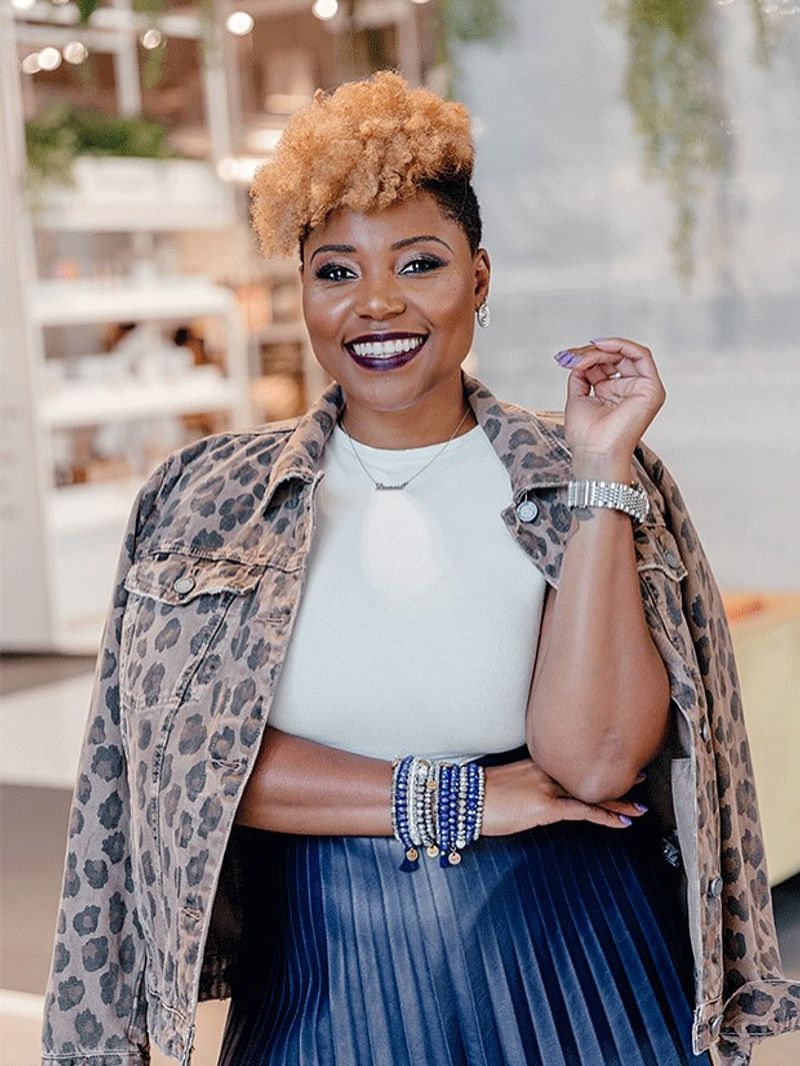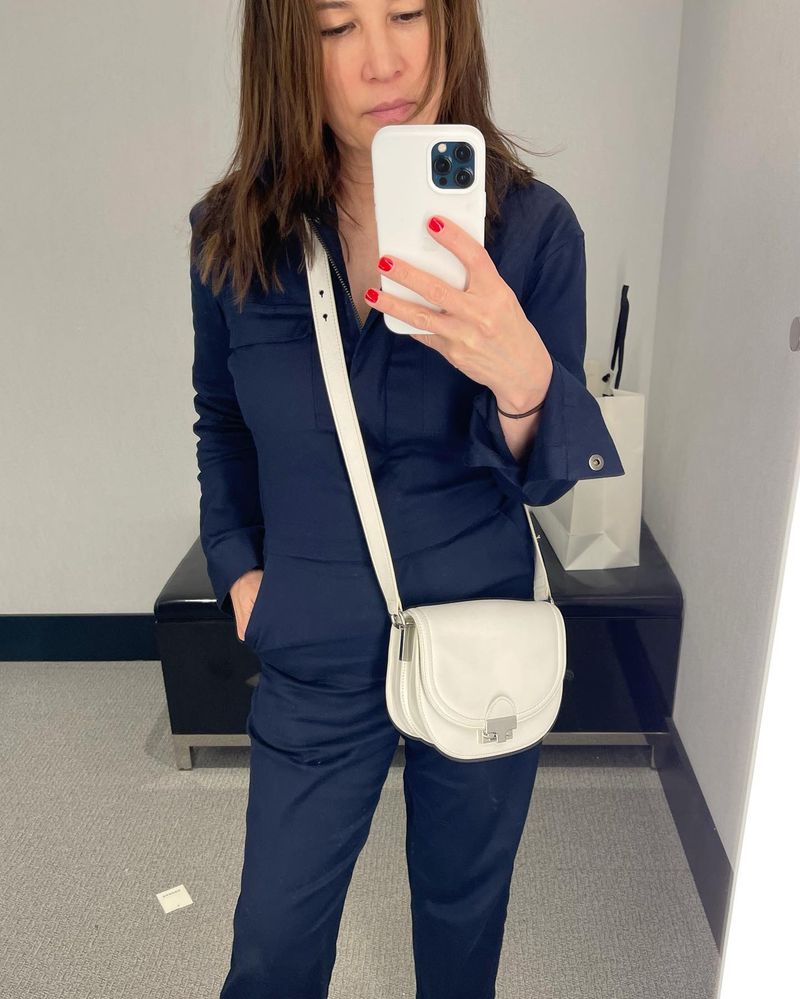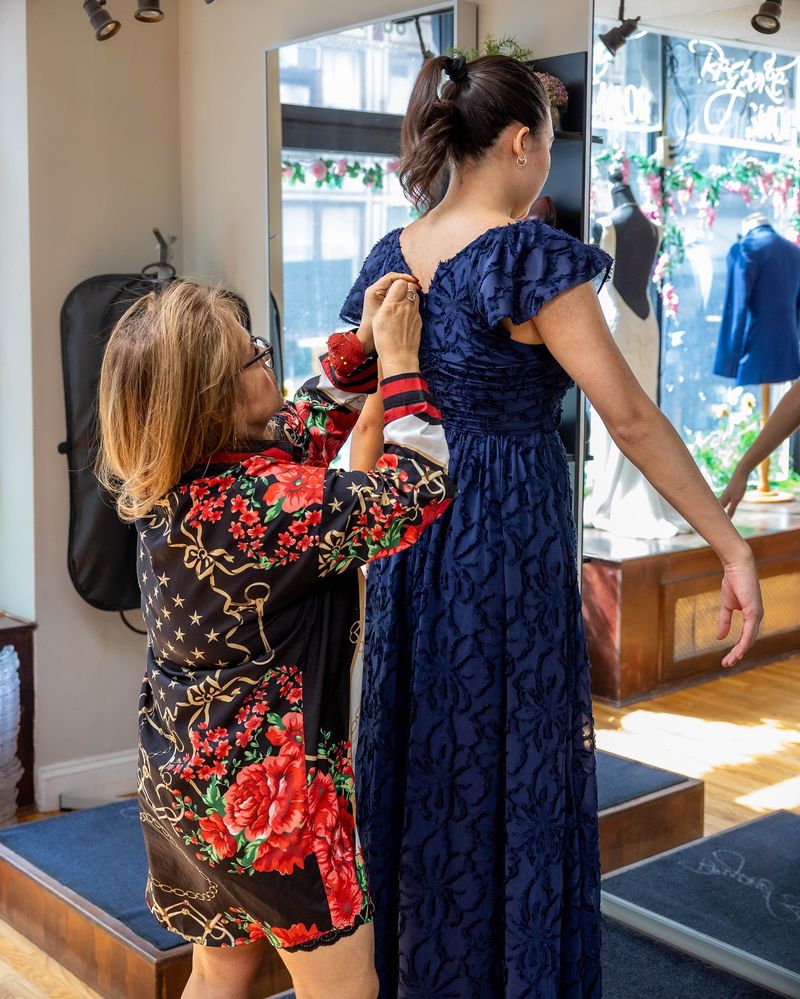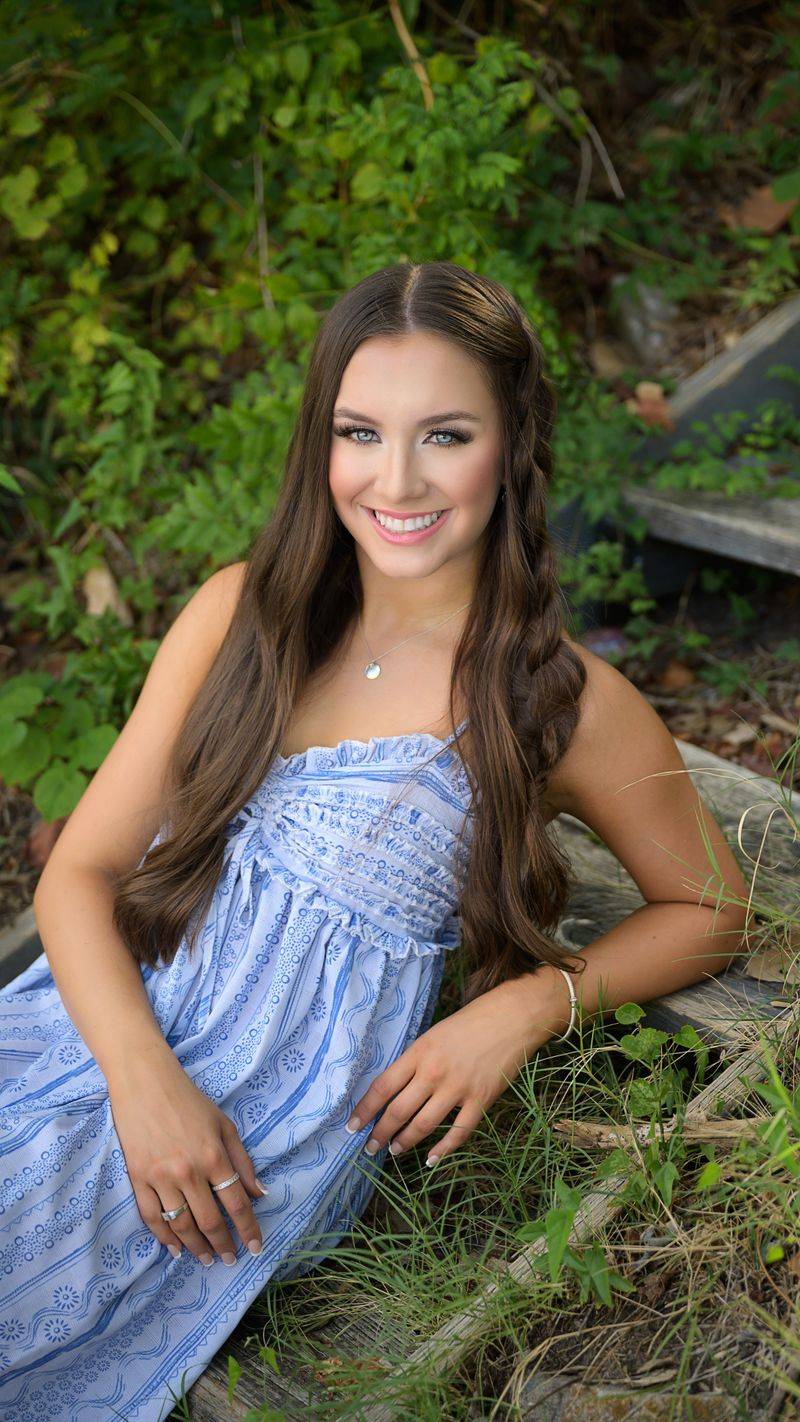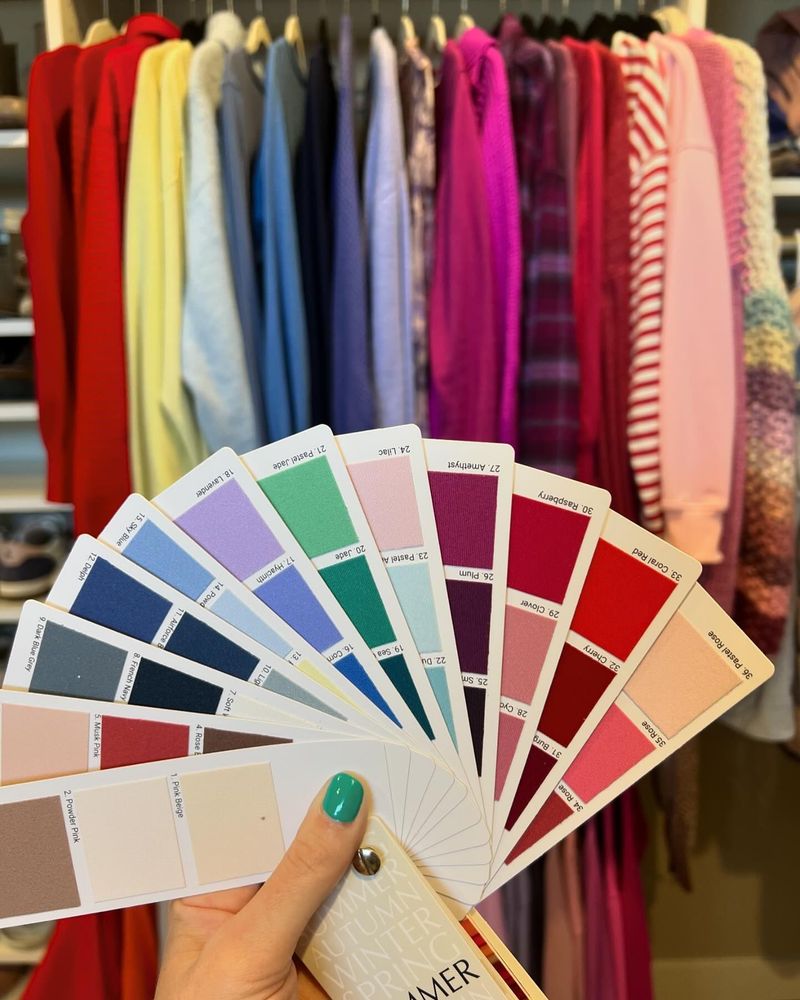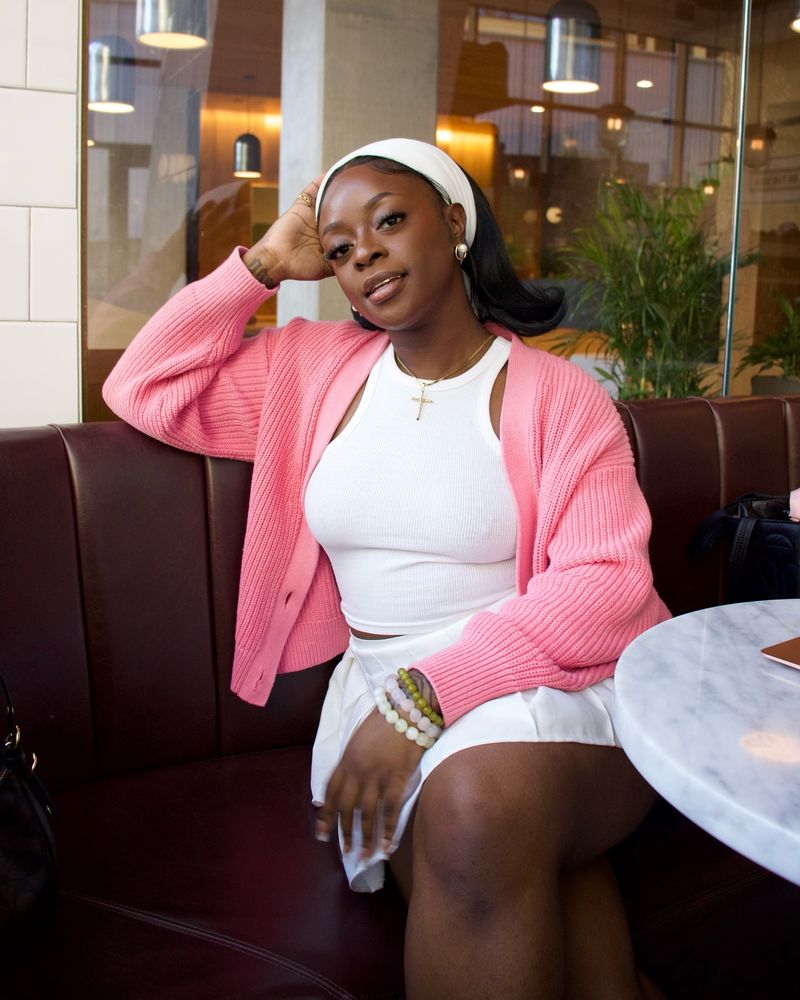6 Style Lessons I Learned In My 20s to Look More Put-Together
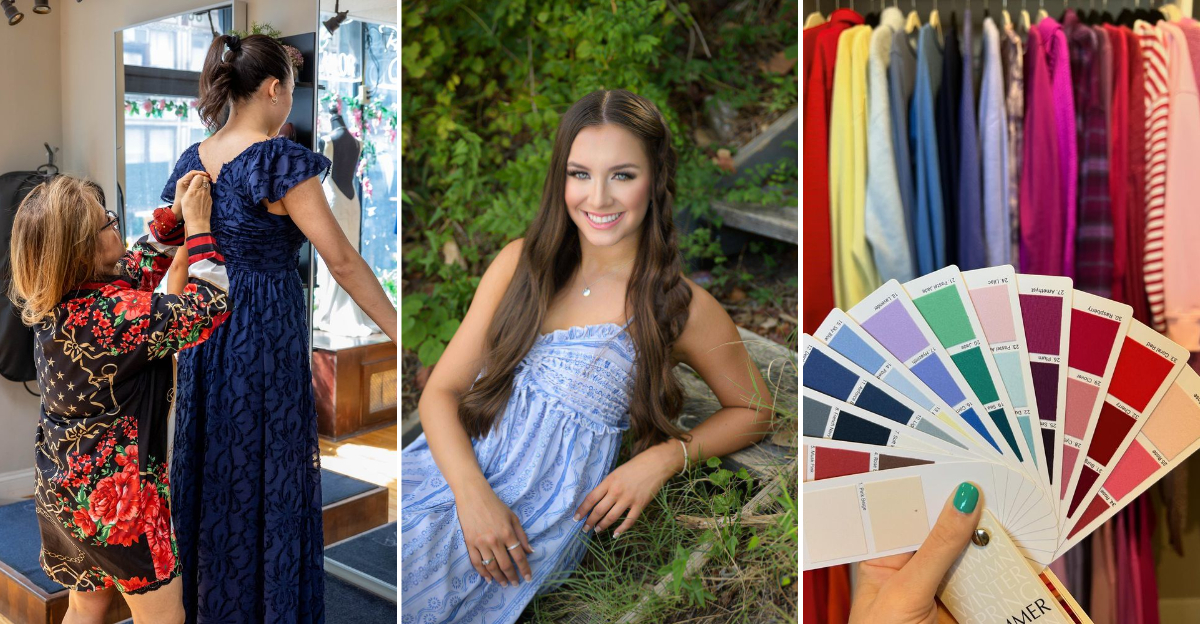
My 20s were filled with fashion disasters that still make me cringe when I scroll through old photos.
Cheap fabrics that pilled after one wash, mismatched outfits thrown together in a rush, and trends that didn’t suit my body type – I’ve made every style mistake possible.
Through years of trial and error, I finally discovered what actually works for me rather than what magazines told me should work.
1. Know Your Body, Not The Trends
Wasted money on baggy cargo pants during the Y2K revival only to look like I was drowning in fabric. The harsh truth? Not every trend flatters every body type, no matter how much fashion magazines insist otherwise.
I started paying attention to which silhouettes consistently made me feel good rather than what was hot that season. Wide-leg pants elongated my shorter frame while fitted tops balanced the volume below. High-waisted anything became my best friend.
Once I stopped forcing myself into trends that fought against my natural shape, getting dressed became easier. My closet shrank but my confidence grew. The compliments changed from “cute outfit” to “you look amazing” – because clothes that actually fit your body will always look more polished than ill-fitting trendy pieces.
2. Quality Basics Trump Quantity Every Time
Remember my drawer stuffed with twenty $5 t-shirts that lost their shape after two washes? Major rookie mistake. I’d constantly replace cheap items while spending the same amount I could have invested in fewer, better pieces.
The turning point came when I bought my first well-made white button-down. The fabric felt substantial, the cut was flattering, and most importantly, it still looks crisp after years of wear. That single shirt has served me better than dozens of disposable fast-fashion tops.
Now I follow the cost-per-wear formula. A $100 sweater worn weekly for years costs less per use than a $20 sweater that pills and stretches after a month. My style looks more expensive not because I spend more, but because I buy thoughtfully and maintain what I have.
3. The Magic Of A Good Tailor
For years I settled for almost-right clothes. Pants slightly too long, sleeves a bit too wide, dresses that bunched awkwardly at the waist. I figured that’s just how off-the-rack clothing worked for everyone.
My style epiphany came when I finally took a beloved but ill-fitting blazer to a local tailor. The $30 adjustment transformed it from something I rarely wore to a piece that looked custom-made. People actually asked if I’d spent a fortune on it!
Even inexpensive clothes can look high-end when they fit perfectly. Now I budget tailoring costs into clothing purchases. Hemming pants, taking in waists, and adjusting shoulders makes the difference between looking put-together and looking sloppy. Finding a good tailor has been more valuable than any single wardrobe purchase.
4. The Power Of Proper Undergarments
My biggest style revelation wasn’t about what people could see, but what they couldn’t. After years of uncomfortable, poorly-fitted bras and visible panty lines ruining otherwise nice outfits, I finally got professionally measured.
The correct undergarments literally changed how my clothes hung on my body. Suddenly dresses draped properly, button-ups closed without gaps, and everything just looked more polished. No more constant adjusting or feeling self-conscious about lines showing through.
Beyond bras, I discovered the world of smoothing shorts, slip dresses for unlined fabrics, and nipple covers for backless styles. These invisible helpers create the smooth foundation that makes outerwear look expensive. Skip this step, and even designer clothes won’t look their best – a lesson I wish I’d learned before wasting money on outfits that never sat right.
5. Color Coordination Simplifies Everything
My early twenties closet was a rainbow explosion – bright tops that matched nothing, statement pieces I couldn’t mix, and orphaned items requiring specific pairings. Getting dressed felt like solving a daily puzzle with missing pieces.
The game-changer? Building around a core color palette. I analyzed what colors I naturally gravitated toward and what actually flattered my skin tone. For me, that meant navy, cream, camel, olive and burgundy became my foundation, with occasional pops of rust or forest green.
Now almost everything in my wardrobe works together. I can grab any top and bottom while half-asleep and still look intentionally coordinated. This approach makes packing for trips remarkably easy too. The secret isn’t wearing boring colors – it’s wearing your colors in silhouettes you love. My outfits look more thoughtful with half the effort.
6. Accessories Elevate The Ordinary
The most transformative style lesson cost me the least. Plain outfits that once seemed boring became instantly polished once I added the right accessories. A simple black dress that looked forgettable suddenly became memorable with architectural earrings and a woven belt.
I learned to invest in accessories that multitask. A silk scarf works as a headband, necktie, purse accent, or bracelet. Quality leather belts define waistlines while upgrading basic jeans. Even my everyday gold hoops make casual outfits look deliberately styled rather than thrown together.
The best part? Accessories rarely need to be replaced, don’t have to fit perfectly, and take minimal storage space. They’re the lowest-effort way to look put-together when you’re wearing otherwise basic pieces. Now I allocate a proper portion of my clothing budget to these finishing touches rather than treating them as afterthoughts.

